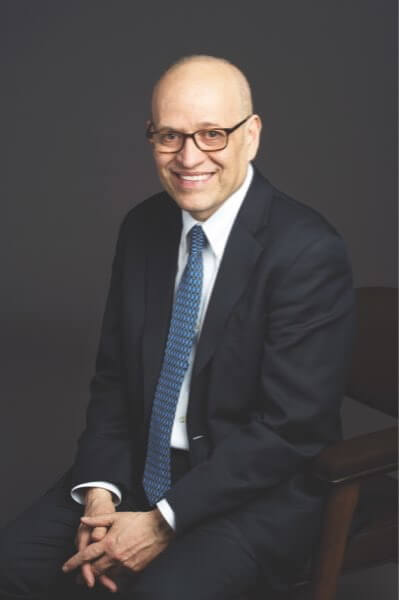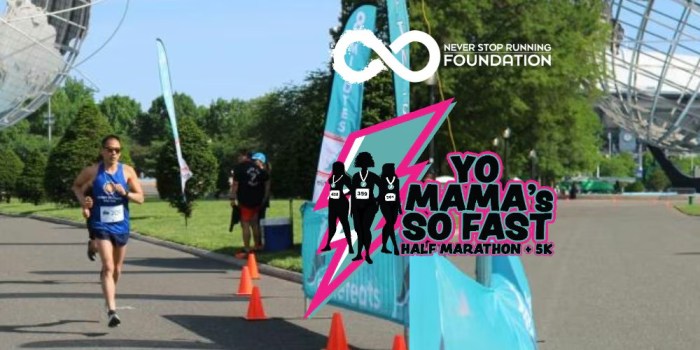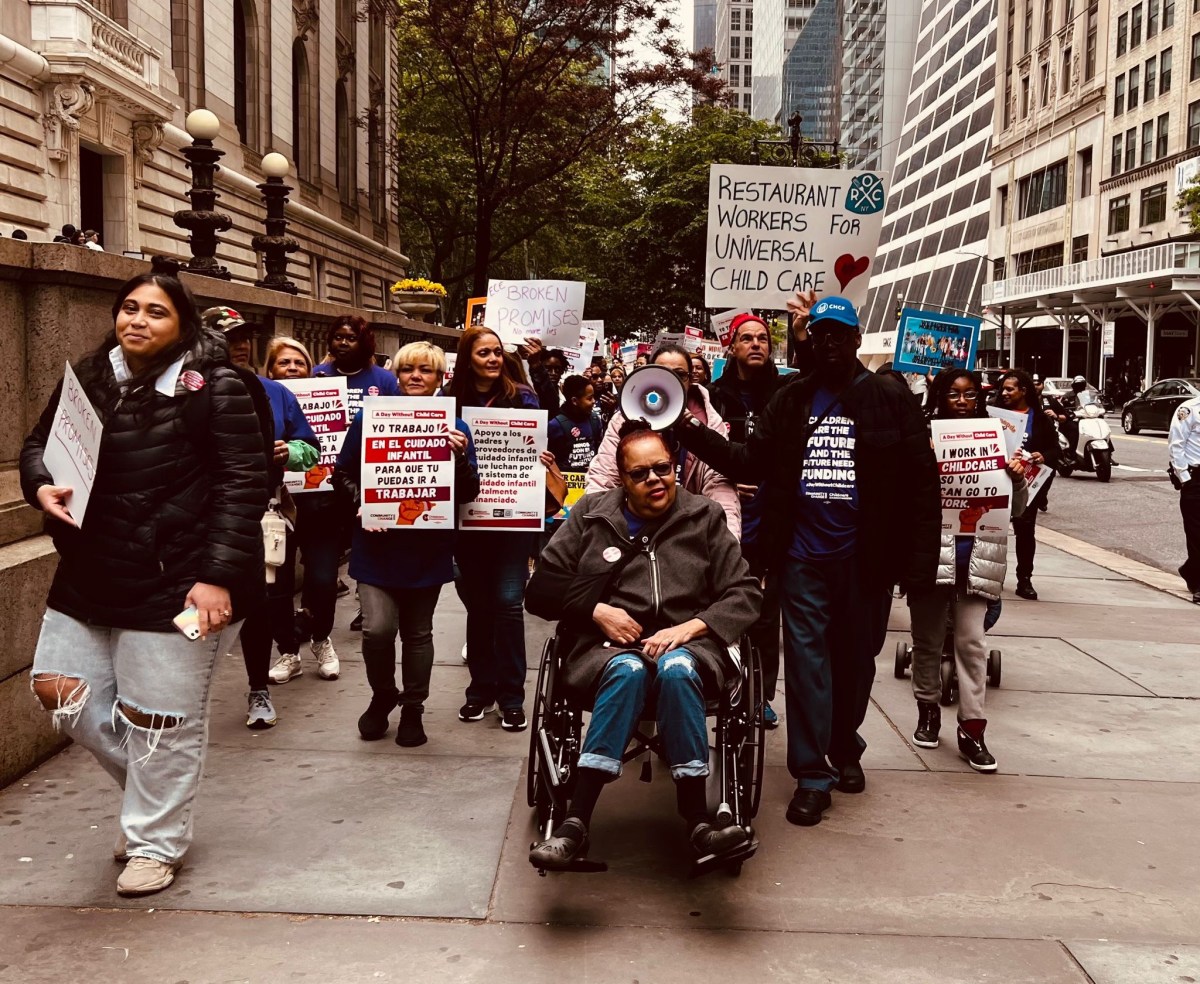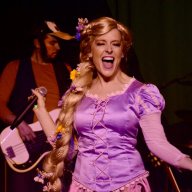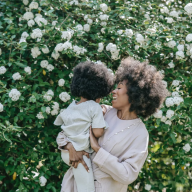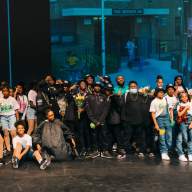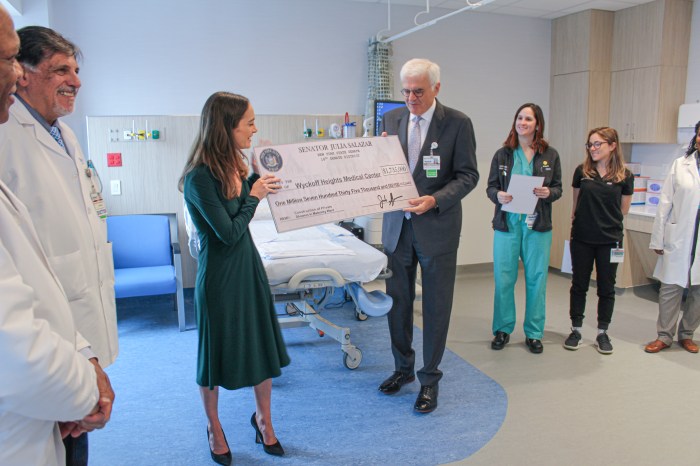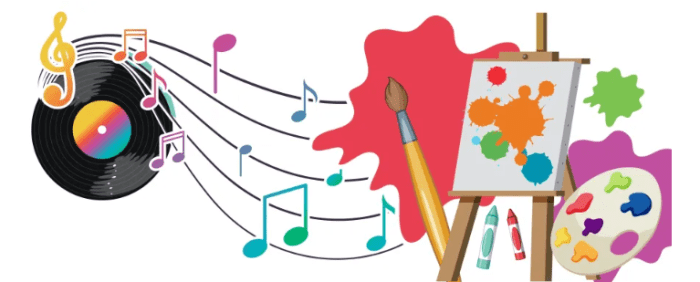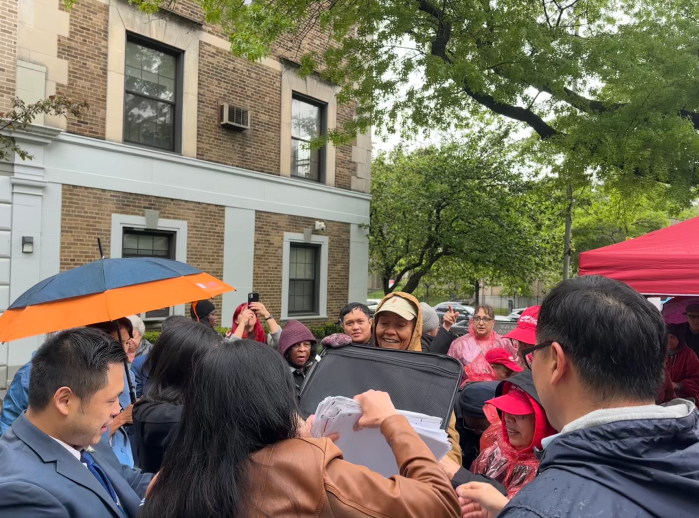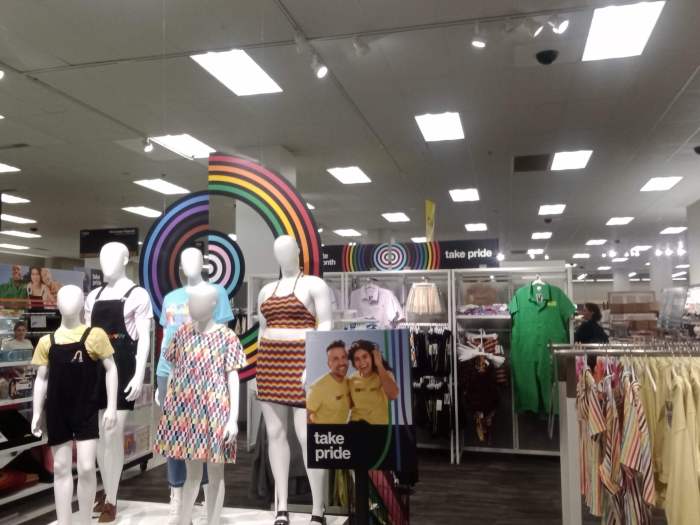By Steve Barnes
With its diverse, vibrant communities and the energy they generate, Queens is turning into a destination for the arts. But there are some roadblocks in the path to the full flowering of its cultural scene. Such problems as the high rents faced by artists and cultural venues, a lack of diversity in the workforce employed by cultural organizations, and limited access to cultural opportunities for low-income people and immigrants still affect the borough, as they do the city as a whole.
Tom Finkelpearl, commissioner of the city Department of Cultural Affairs, outlined some possible solutions to those problems during a panel discussion that took place Thursday at the CUNY Graduate School of Journalism in Manhattan. Finkelpearl’s roots in Queens run deep. He served as the director of the Queens Museum from 2002 to 2014, and has also worked at MoMA PS1.
The event, which was moderated by Errol Louis, of the CUNY Graduate School of Journalism and NY 1, gave Finkelpearl the opportunity to both discuss the cultural issues facing the city and give an update on the progress of the Cultural Plan for NYC. Addressing an audience that had been brought together by CUNY’s Center for Community and Ethnic Media, he detailed several initiatives that have been set in place to both help artists and cultural organizations carry out their work and make the arts more affordable and accessible to city residents.
Those initiatives include the Cultural Development Fund, which enables qualifying cultural organizations to apply for grants from DCLA; Materials for the Arts, which provides art materials free of charge to a wide range of city arts, cultural and educational organizations; and the local arts councils that furnish support at a grassroots level in each city borough. (For information on the Queens Council on the Arts, go to www.queen
While the plan is still in the development stage, with what Finkelpearl called “robust participation from Mayor de Blasio,” DCLA is busily soliciting input from across the city to determine what people would like to see in it. That search has included Queens. Last month, a workshop was held at the New York Hall of Science to gather input from Queens residents.
The concerns the borough has about the state of artists and the arts were addressed on the panel by Javier Castaño, the director of Queens Latino, a minority-owned media company. Castaño brought up two main issues: the lack of appropriate places at which community groups can stage cultural events in Queens and the prohibitive cost of admission to city cultural institutions. For example, at the New York Hall of Science, with an admission price of $15 for adults and $12 for children between the ages of 2 and 17, a family of four would have to spend over $50 to attend.
While Finkelpearl acknowledged that affordability problem, he noted that most city cultural institutions had set aside hours during which admission is free. At the New York Hall of Science, those hours are run Friday from 2 p.m. to 5 p.m. and Saturday from 10 a.m. to 11 a.m.
In addition, he spoke about the success of the IDNYC program, under which recipients of the city ID card can obtain free memberships to such institutions as Flushing Town Hall, the Queens Museum, the Museum of the Moving Image and the Jamaica Center for Arts and Learning. (For a complete list, go to www1.nyc.gov/
The problem of finding affordable space in which artists can work was also mentioned by Traven Rice, co-founder and publisher of The Lo-Down, a community website devoted to covering the Lower East Side. Rice primarily addressed the issues surrounding the high cost of city real estate, mentioning how those costs negatively affect the ability of artists to live and work in the city as well as making it difficult to find places to present artwork and cultural performances.
In response, Finkelpearl noted that DCLA’s mission is basically limited to providing support to organizations that are already operating, and that DCLA cannot provide more than 50 percent of any cultural group’s operating budget.
He also brought up DCLA’s increasing focus on diversity in all aspects of the city’s cultural life—from the range of art presented to the people who are provided with gainful employment through cultural organizations. “There are so many ways to make a living in the arts,” he said. DCLA has taken part in a study on “cultural workforce participation,” which has found that despite the city’s diverse population, at least two-thirds of the workforce of its cultural institutions are white.
DCLA intends to use the results of that study to help broaden its outreach and contribute to the Cultural Plan for NYC’s development. The organization is continuing its effort to solicit participation and feedback from the community, and is also encouraging Queens residents to take advantage of its resources.
For organizations that would like to take advantage of the Cultural Development Fund, for activities taking place between July 1, 2017 and June 30, 2018, applications will soon be available. For a copy of the CDF guidelines and more information, go to www.nyc.gov/

